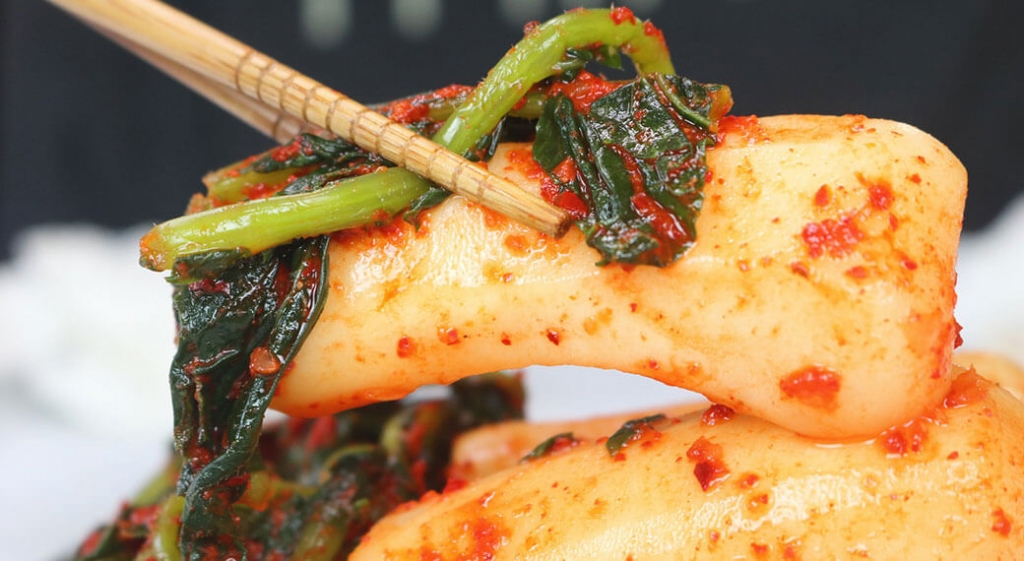On August 23rd, 2021, California became the first US state to pass a resolution designating that kimchi gets its own special day — November 22, Kimchi Day. This comes a year after China tried to lay claim that kimchi originated within its borders — a statement that greatly shook South Korea.
As it has gained popularity, kimchi has made its way onto America’s pizzas, hot dogs, and tacos. So, what is this dish that inspired an entire US state celebration and that other nations are clamoring to claim for their own?
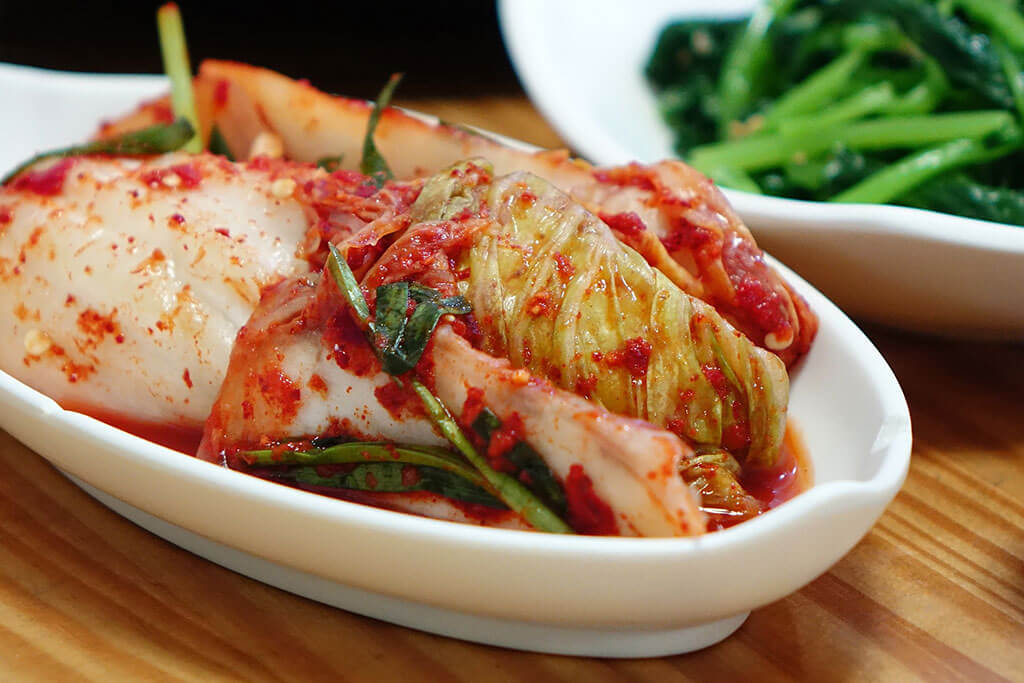
What Is Kimchi and How Is It Made?
Kimchi is a traditional Korean side dish of fermented vegetables that is eaten with every meal. Its complex flavor profile maintains a perfect balance of sour, salty, sweet, and spicy. Perhaps the most popular main ingredient is cabbage, which has become synonymous to kimchi in places outside of South Korea.
However, there are over 200 varieties of kimchi. Some recipes spotlight vegetables other than cabbage, such as radishes, eggplant, mustard greens, chives, or cucumbers. The most consistent ingredient found amongst all modern variations of kimchi is chili peppers, or gochugaru (Korean chili powder, chili flakes, or red pepper flakes.) Other ingredients commonly found in kimchi are salt, garlic, brine and anchovy paste, although the dish can be easily prepared with vegetarians and vegans in mind.
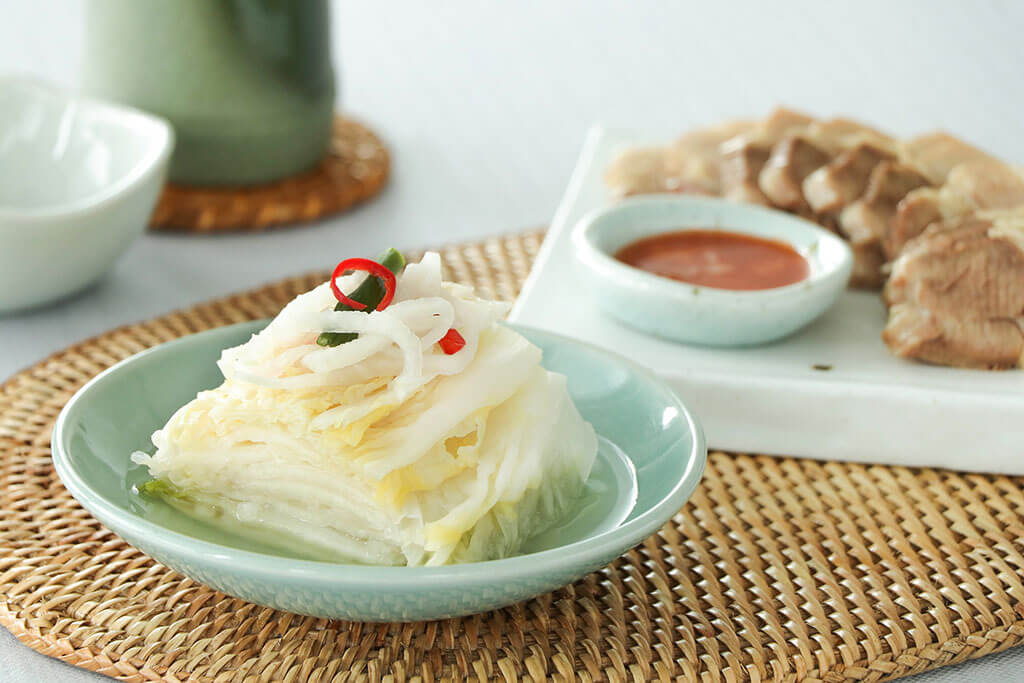
Worldwide Fandom and Disease Fighter
South Korea’s kimchi exports reached an all-time high during the first quarter of 2021. Between January and March of 2021, the United States alone imported over 46 million dollars’ worth of kimchi, which is up a whopping 54.3% from the previous year. The sudden rise in popularity can be attributed to the Covid-19 pandemic, with people seeking out healthier options and the immunity-boosting nutrients found in fermented foods like kimchi.
What Is Curry? »
Health Benefits of Kimchi
The health benefits found in kimchi are more than pandemic hype and are largely based in science. For starters, kimchi is largely vegetable based and therefore most varieties contains an abundance of the following:
- Fiber
- Calcium
- Iron
- Riboflavin
- Vitamin A
- Thiamine
- Selenium
Kimchi additionally protects and improves heart health, can help to reduce cholesterol, and is chock full of beta-carotene and other antioxidants. And then there is fermentation.
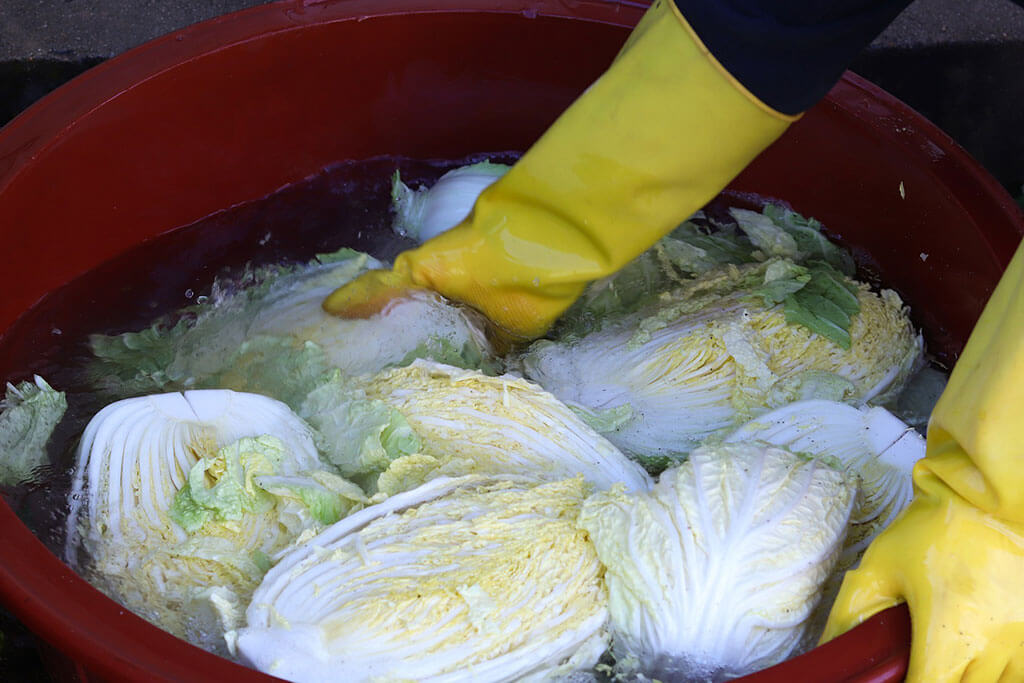
What Is Fermentation?
The most popular health benefit of kimchi is due to its fermentation process. Fermented foods are defined as foods or beverages produced through controlled microbial growth, and the conversion of food components through enzymatic action. Fermented foods provide the body with probiotic bacteria and enzymes which vastly improve gut health.
Recently, scientists have been discovering the benefits fermented ingredients such as kimchi have on the body, including a mind-gut connection. The hypothalamic pituitary-adrenal axis links the gut and brain implying that our gut health affects our moods, emotions, and feelings.
Additionally, the presence of probiotics aid in digestion, reduces inflammation, and boosts immunity. Other fermented foods with similar benefits include miso, tempeh, sauerkraut, and kombucha.
Kimchi Preparation: Historical vs. Modern
Despite China’s recent claims, there’s a consensus that kimchi originated in Korea between 1st century BC to 7th century AD, otherwise known as the Three Kingdoms Period. With electricity off in the far distant future, people turned to fermentation as means of feeding their families through the long winter months. To preserve kimchi, it was stored underground in vessels.
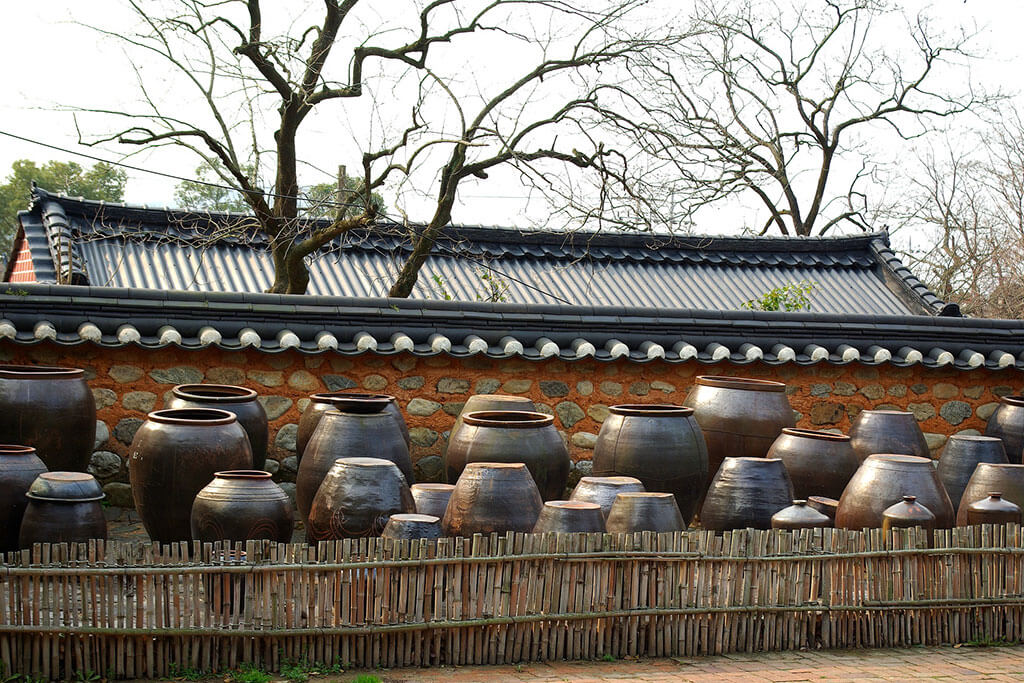
Kimchi is so linked to the cultural identity of Korea that it has inspired several feats of technology to keep it close to those who love it. Nowadays, scientists have eliminated the need for burying and storing kimchi underground with the advent of the kimchi refrigerator.
9 Countries With Dining Etiquette Rules That May Surprise You »
Kimchi Refrigerator
Since 1995 when the first of its kind was introduced, a kimchi refrigerator has become a must-have item for Korean homes. They differ from regular refrigerators in that their purpose is to mimic the same conditions surrounding a container buried underground during winter. It maintains the temperature and humidity of the direct cooling environment of the cold earth.
Some kimchi refrigerators use fermentation technology, for instance, to encourage lactic acid to grow, while increasing amino acid and vitamin C levels. Additionally, some refrigerators have technology to reduce the pungent odor of kimchi. Thanks to kimchi refrigerators, people can prepare and enjoy this spicy condiment/side dish all year round.
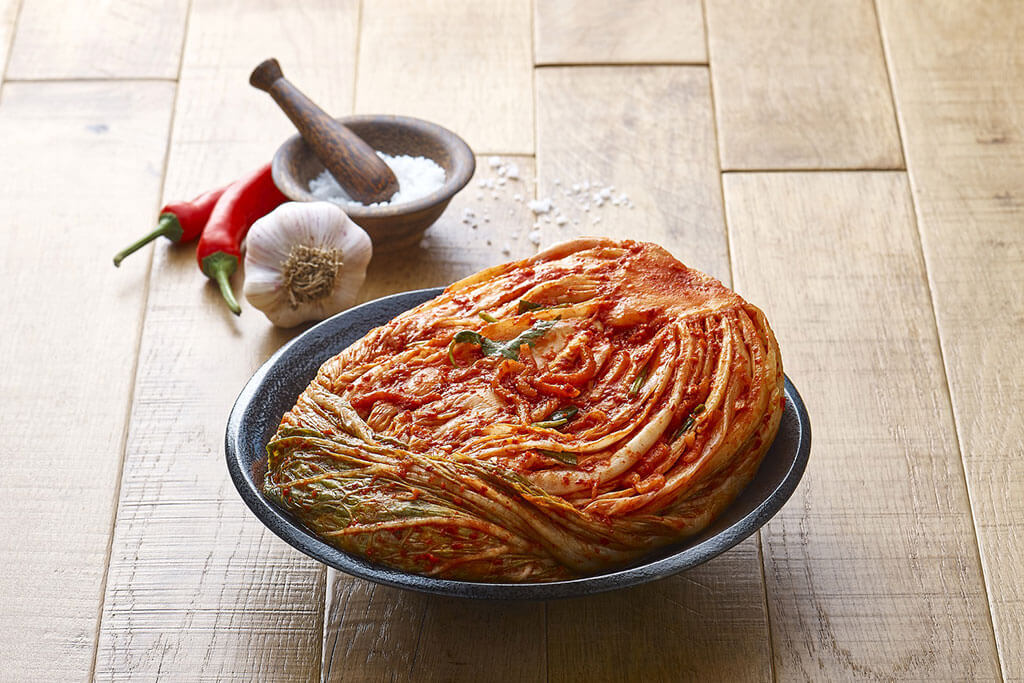
Kimchi in Space
During the mid-2000s, computer science engineer Ko San was chosen as the first Korean to go to space, beating out 36,000 other contestants. Scientists began devising a way to allow Ko San to bring kimchi into space. As Kim Sung Soo, a scientist at the Korea Food Research Institute, aptly stated, “If a Korean goes to space, kimchi much go there too.”
As previously mentioned, kimchi contains high levels of microbes, including lactic acid bacteria, due to the fermentation process. If cosmic rays caused these microbes to mutate, scientists feared, the fermentation process could go into overdrive, bubble out of control, and explode in the spaceship, potentially damaging or destroying equipment critical to the mission.
Scientists discovered that they could blast the bacteria with radiation while retaining 90% of the original taste and pack it in a vacuum-sealed pouch. Scientists also thought to reduce the pungent smell, to keep everyone comfortable in close corners and difficult working conditions. Serendipitously, they discovered a way to slow down the fermentation process and the food’s short shelf life, which allows kimchi to be shipped around the world at less cost.
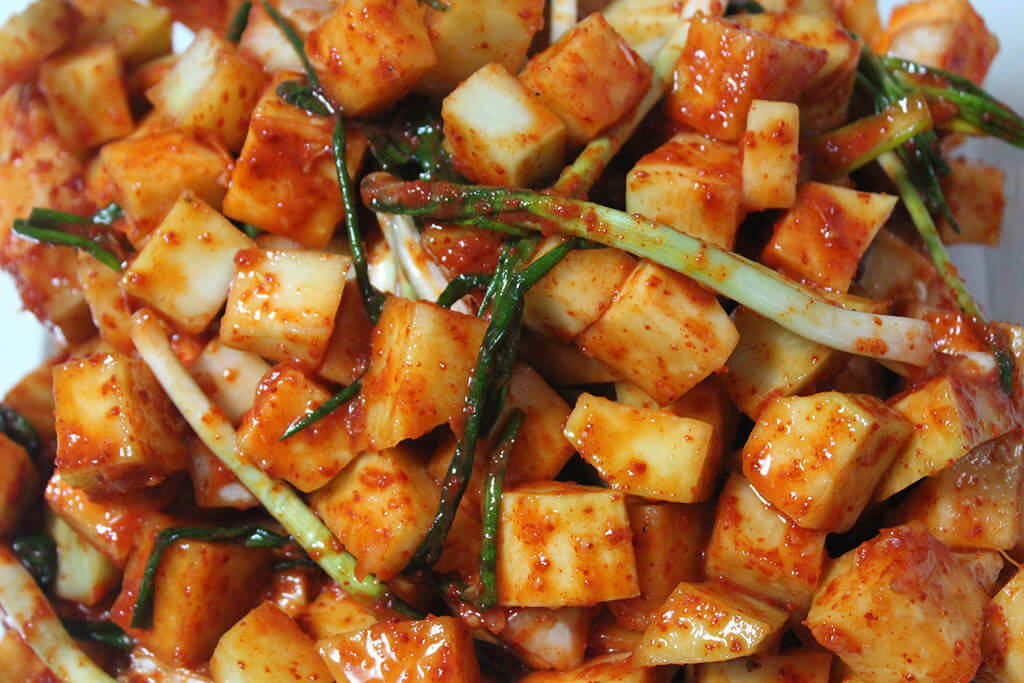
The Future of Kimchi in the United States
More chefs are discovering that kimchi works beautifully with non-Korean dishes including on vegetables, pizza, quesadillas, and hamburgers. We predict kimchi has only begun to peak in popularity. For its foreign audience seeking a novel culinary adventure, it offers a deep, complex flavor that packs a punch. And being a probiotic and nutrient powerhouse, people will continue to flock towards it simply for the undeniable health benefits fermented food has to offer.

